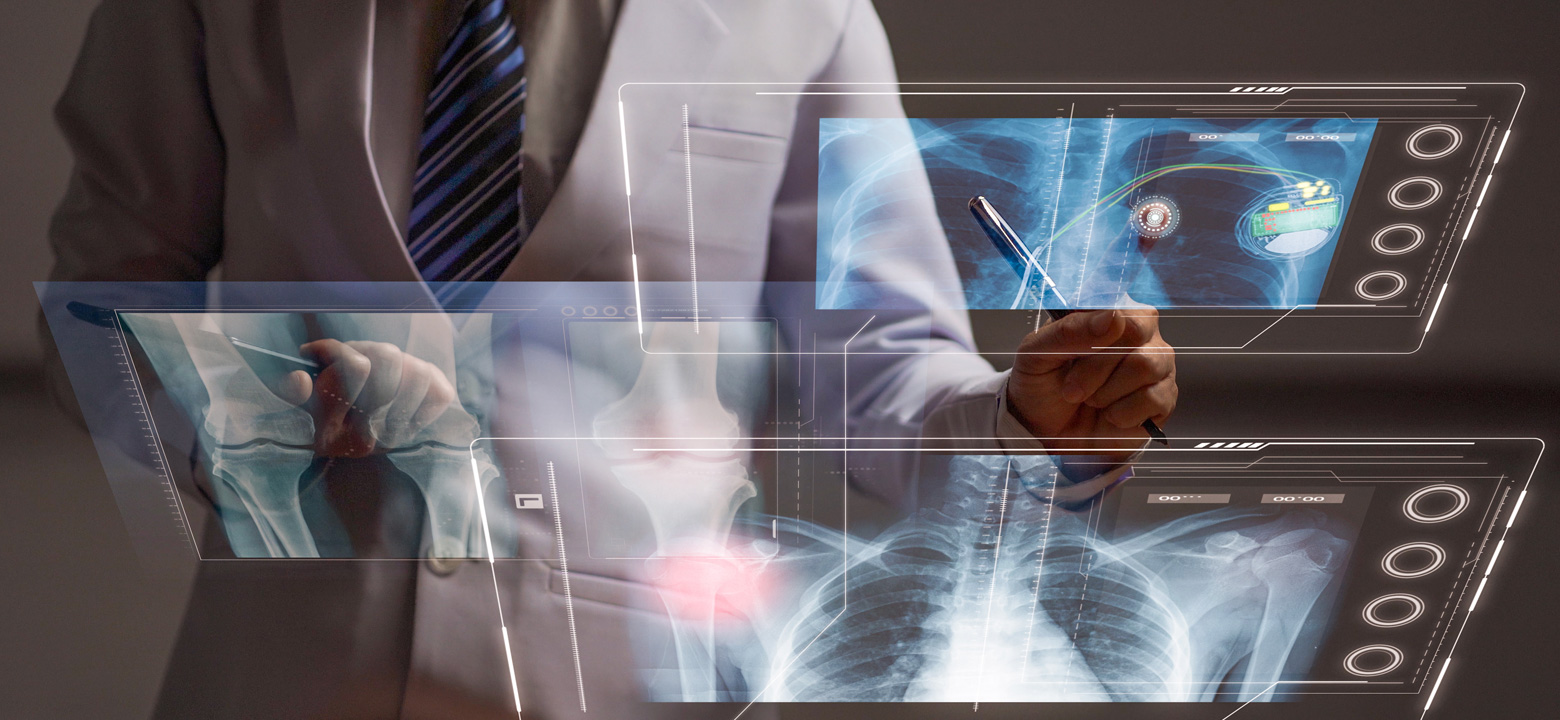
Over the past few years, medical technology has been growing by leaps and bounds. As doctors, clinics, and hospitals worked to be able to care for increasing numbers of patients, all while expanding their ability to see patients safely, researchers made several key discoveries that are driving innovation in medical technology. Here are some of the emerging tech trends for 2022:
“Big data” refers to datasets that are very large—often too large to be analyzed by regular software. In healthcare, this is data that comes from a big patient population. It's very individualized, very variable, and there's a whole lot of it, so it requires special technology and methods in order to derive useful conclusions from it.
When it comes to improving patient outcomes, big data is important. Healthcare should be evidence-based, and good data analysis uncovers patterns that might be missed otherwise. At the beginning of the coronavirus pandemic, researchers found that wearable monitors could detect changes in sleep patterns, resting heart rate, respiration, and other metrics that could predict a COVID-19 infection. New tech and methods for analyzing patient data could prove similarly useful in the future, setting big data up as a major tech trend for 2022.
The Internet of Things (IoT) refers to devices with built-in connectivity. They can communicate with each other, sharing data and sending alerts as necessary. This can be simple, from an IoT-enabled heart monitor that sends data to a cardiologist, to complex, like an entire hospital's worth of interconnected devices and sensors.
Healthcare's reliance on the IoT has been increasing in recent years, and 2022 won't be any different. Connected devices can help streamline hospital and clinic operations, allowing nurses and doctors to focus on high-priority needs. These devices can also collect patient data, which can be analyzed to uncover patterns, improve diagnostic criteria, determine the effectiveness of treatments, improve outcomes, and reduce human errors.
One of the challenges created by the pandemic was a lack of space. Patients had difficulty getting appointments to see their doctors, or even getting a bed in a hospital. Remote patient monitoring allows doctors to keep tabs on their patients between office visits, helps patients better manage their health, and alerts doctors to changes that require immediate attention. Rather than doctors needing to detect changes that may not be apparent during office visits, they can see the data sent by monitoring devices. When office visits and hospital beds are scarce, remote patient monitoring can help doctors and patients prioritize.
Wearable or implantable monitors can also improve patient outcomes by expanding the data sets available for analysis. They can provide a much more accurate, reliable way to assess what patients are experiencing in between exams. The American Diabetes Association, for example, has updated its clinical recommendations for 2022, including an added emphasis on monitoring technology. Continuous glucose monitoring can keep track of the number of times patients spend in and below-normal glucose range, which will impact treatment.
Patients are seeing the value of remote patient monitoring, too. Today, over one-third of users would choose a doctor who allowed them to share data from a health device over one that didn't.
The past few years have also seen an increase in reliance on telemedicine. What was once a niche service is now mainstream, and, when coupled with remote patient monitoring, provides a new way to meet patients' needs. Doctors can have access to a patient's data, note long-term trends and sudden changes, and make diagnostic and treatment decisions without needing a physical exam. This means that telemedicine no longer has to be reserved for minor, low-priority problems, and can potentially be a valuable asset for handling chronic conditions.
Telemedicine has also proven valuable for senior citizens, the immunocompromised, and others who aren't able to make an in-person visit. With the integration of better data analysis and data sharing with health monitoring devices, telemedicine will expand even more into the mainstream.
The year 2022 will see a lot of growth in the technologies that we began to rely on during the pandemic. As the healthcare industry continues to improve efficiency and patient outcomes, it will drive the mainstream adoption and expansion of big data, IoT devices, remote patient monitors, and telemedicine.